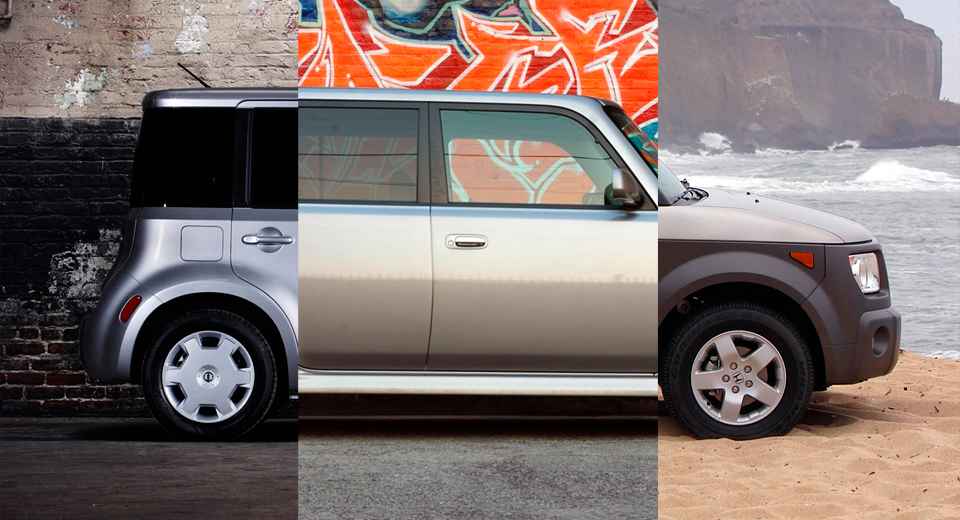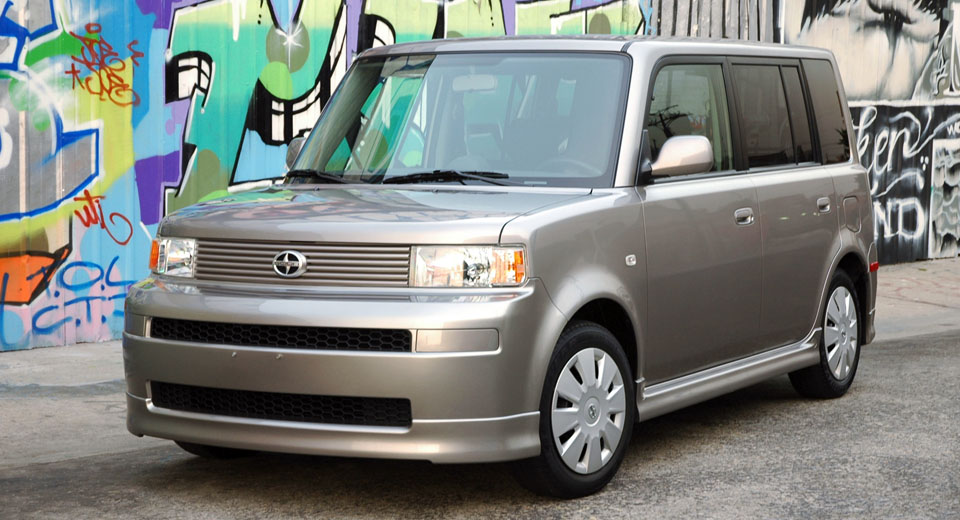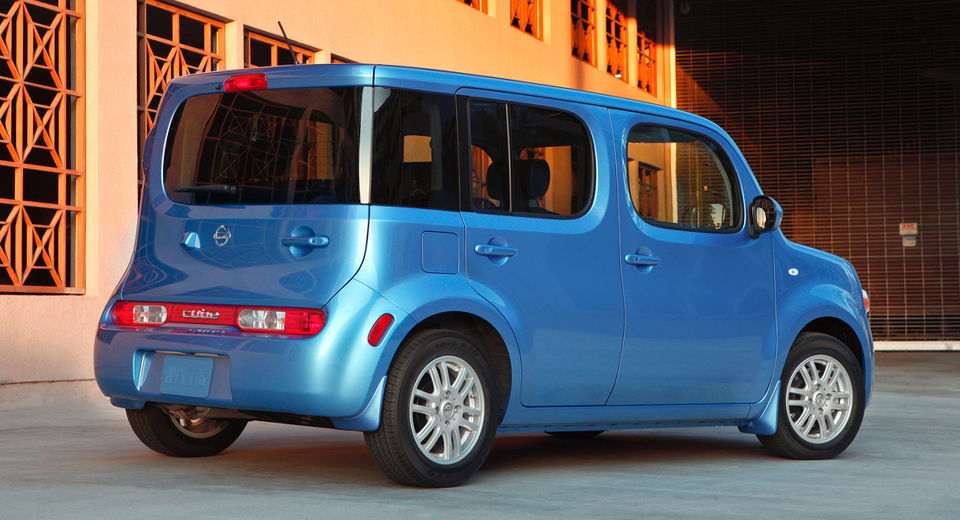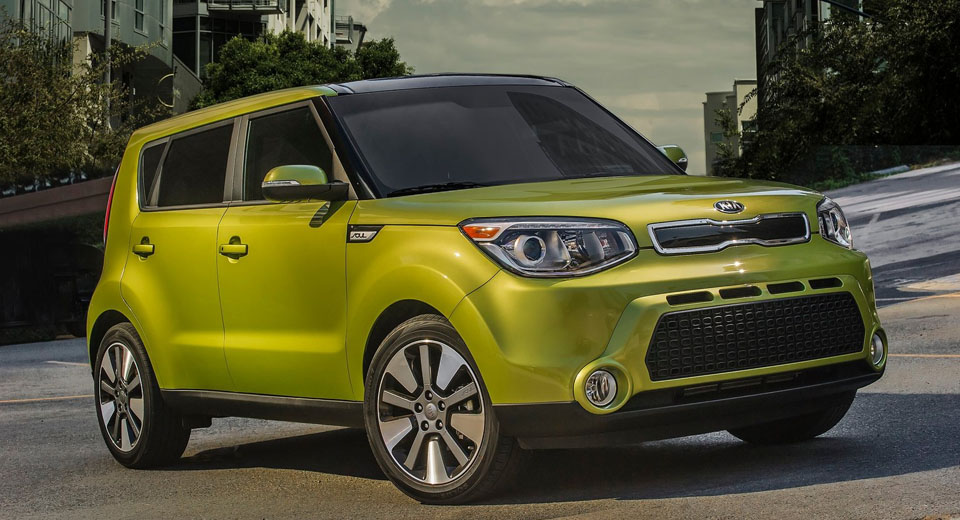Automotive trends come and go. These days it’s all about oddly shaped crossover (faux) coupes. Before that, carmakers were clamoring to make hard-top convertibles. But a few years back, an unusual breed of boxy hatchback/wagon/crossover/things were all the rage – among Japanese automakers, anyway.
Long a popular format in Japan, the country’s car manufacturers started bringing these oddities over to North America over the course of the first decade of the new millennium. The format proved popular enough among American buyers that at least one automaker began assembling its entry into the segment in the United States for local consumption.
For better or worse, each of these rolling suitcases has since gone the way of the dodo. The brand under which one of them was sold has since been shut down entirely. But fans of the format (who aren’t inclined to buy used) can find one model still in showrooms – though it doesn’t come from Japan.
Honda Element: 2002-2011
The first of the type to hit the scene was different than the others. That was the Honda Element, which was designed for the US market, and built in Ohio. The Element was also more ruggedly styled than the others, and was marketed towards adventure types: people who liked outdoor activities like mountain biking or kayaking, and needed the extra space inside – but didn’t necessarily require any serious off-road capability (though it did offer optional all-wheel drive). It ultimately proved popular with dog lovers, for whom Honda even offered a special package catered towards transporting Fido in comfort.
Scion xB: 2004-2015
Far more typical of the type was the Scion xB – a model manufactured in Japan and sold under various nameplates around the world. Looking something like an uncurved baseball cap, the xB epitomized what Toyota’s youth-oriented brand was all about. Following the first-generation model that was offered between 2004 and 2007, the second iteration toned down the upright styling somewhat, and stayed on the market through 2015. Who knows what might have become of it if the Scion brand hadn’t been axed, but it ultimately didn’t prove worthy of continuing on rebadged as a Toyota like the FR-S (86), (Yaris) iA, and (Corolla) iM were.
Nissan Cube: 2009-2014
The most unconventional in this unusual lot, to our eye, was the Nissan Cube. Looking like something lifted from a space station in the future, the Cube was as boxy as its name suggests, but rounded off its own styling around the edges. It was based on the same platform as the Versa and Leaf, but stood taller than its stablemates. The Cube lives on back in Japan, but was withdrawn from European markets in 2011 and from the US in 2014 after the trend had abated.
Honorable Mention: Kia Soul
If you’re looking at these and lamenting at an opportunity passed by, we have good news: there’s still one on the market – but it’s not Japanese. It’s Korean, made just across the Sea of Japan in Gwangju. We’re referring of course to the Kia Soul, a model which first appeared in concept form back in 2006, has been in production since 2008, and is now in its second generation. Call it a microcosm of how South Korea’s automakers have emulated their counterparts from across the Sea of Japan, or call it a lone wolf in a niche segment: US sales have steadily increased over the course of its lifetime to the point that the Soul, as of November 2016, stands as Kia’s top seller in America.







